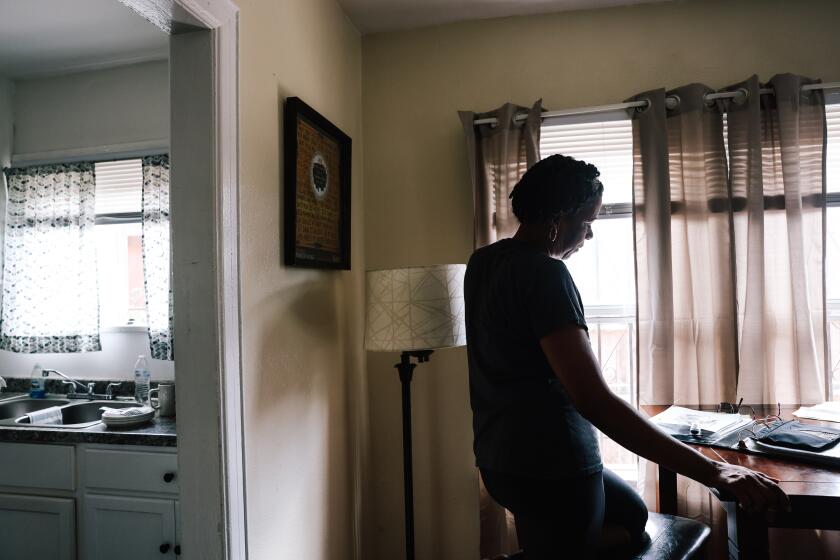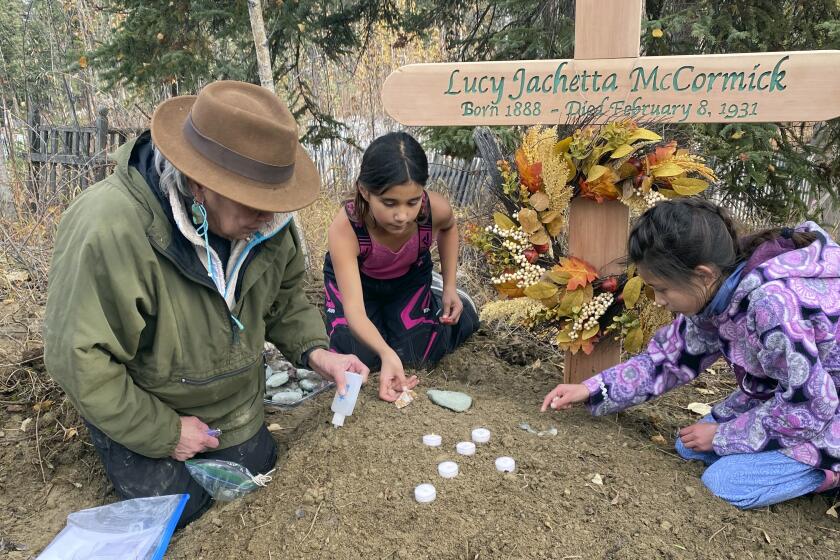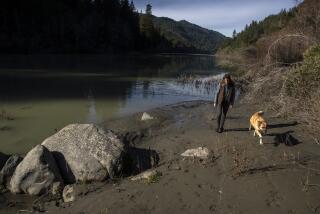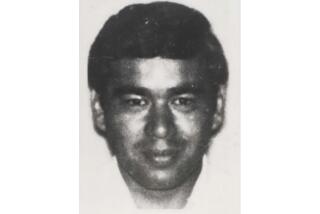Solving the mystery of a human jawbone found in an Arizona boy’s rock collection
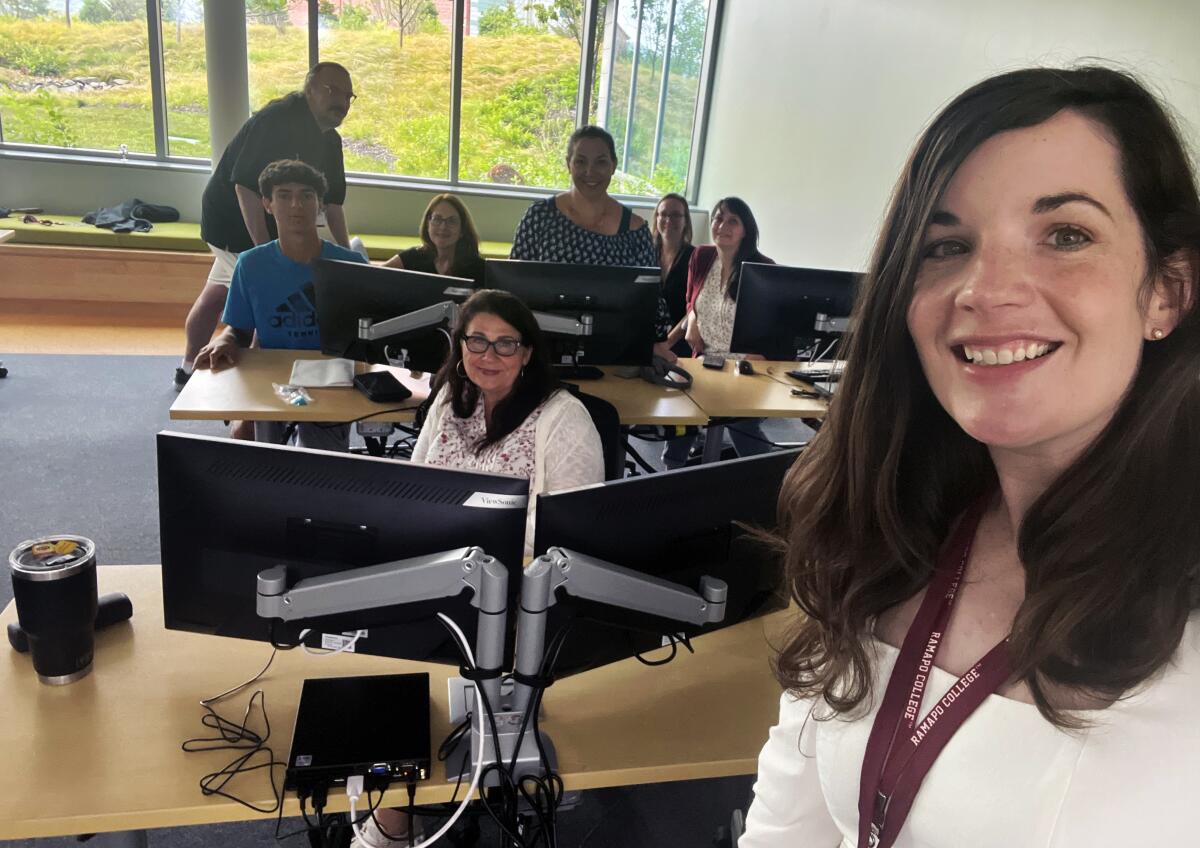
It was more than two decades ago when an Arizona man called sheriff’s deputies in Yavapai County, Ariz., to report a unique and disturbing discovery: While perusing his childhood rock collection, he’d found a human jawbone that had been mistaken for a stone.
The county medical examiner’s office tried for years to find the owner of the errant piece of mandible, but its DNA databases turned up no matches. And then, earlier this week, one finally emerged when the Investigative Genetic Genealogy Center at Ramapo College in New Jersey announced that it had confirmed a genetic match.
The bone belonged to deceased U.S. Marine Corps Capt. Everett Leland Yager. There’d been no mystery about Yager’s death; the Orange County Register, named the Santa Ana Register at the time, reported that the 30-year-old Missourian had crashed and died during flight training in 1951 near the El Toro Marine Air Station in Orange County.
The surprise was that part of Yager’s jaw hadn’t made it into his grave along with the rest of his remains.
“We have absolutely no idea how [the jawbone] came into the child’s collection,” said Paul Wick, public information officer for the Yavapai County Sheriff’s Department. “All of the circumstances surrounding it [makes this case] unique.”
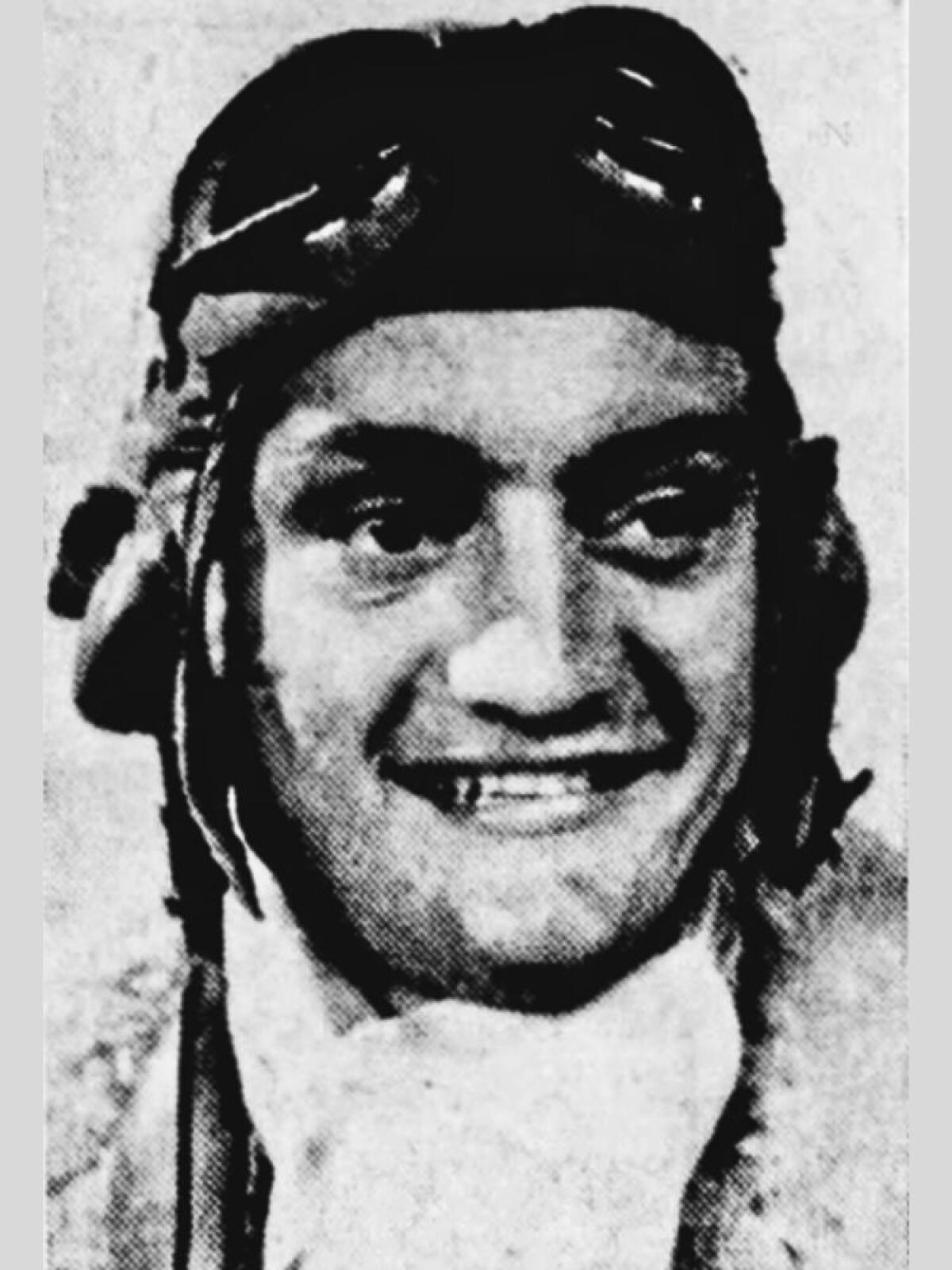
In a Ramapo College news release, the investigative team hypothesized that a scavenger may have picked up a piece of his body and carried it across state lines from Southern California to Arizona.
This cold case is one of two that the Yavapai County Sheriff’s Department has been able to close thanks to the free services of the forensic genealogy lab at Ramapo College, which began partnering with Yavapai County a year ago.
“It was a really exciting moment,” said Cairenn Binder, the assistant director of the Investigative Genetic Genealogy Center. Yager died on July 31, 1951, according to Yavapai County officials, and now a discovery was bringing his story back to life 73 years later. “People were shouting across the room and running over to one another’s computers to show each other their findings,” Binder said.
Ruby Scott’s file remained classified as “cleared by arrest,” even after three young brothers were cleared. Years passed and not a single fresh sheet of paper got added to the file.
Six students were taking an intensive workshop at the center last summer, and together they came up with a lead that the bone belonged to Yager. One of the people assisting, Ethan Schwartz, was an intern in his sophomore year of high school. According to Ramapo College, he is now one of the youngest people ever credited with helping to solve a forensic genetic case.
After receiving a tip from the Ramapo team, the Yavapai County Sheriff’s Department collected DNA samples from Yager’s daughter, which allowed Bode Technology in Lorton, Va., to verify the bone fragment.
Yager’s family has declined to speak to the media, but Yavapai County officials said the family is grateful that this piece of his body is being finally reunited with his remains 70 years after he was buried in his hometown of Palmyra, Mo.
Ethan, a sophomore at Suffern High School in nearby Rockland County, N.Y., said he’s grateful to have been able to contribute to a case that feels personal to his own family history.
“I have a deep connection to our armed forces,” he said, explaining that his grandfather served in the Air Force and his great uncle was a submarine commander in the Navy.
Ethan said he’s coming back to Ramapo College this summer to continue his research on how ethnicity plays a role in the search for genetic matches, as most DNA samples on file are from people with Western European heritage.
“Even if it’s not my college major, I definitely will have a passion for this,” he said. “I’m really grateful for the experience that I had over the summer because I definitely want to continue in the future.”
A 15-year volunteer effort is helping identify the fates of thousands of Alaskans who were shipped to a controversial psychiatric hospital in Oregon.
Though this multi-state saga is at its end, David Gurney, the director of the Investigative Genetic Genealogy Center, said we can expect to see more cases like this solved in the future.
In the past, law enforcement agencies had to rely exclusively on the FBI-administered Combined DNA Index System, which aggregated the genetic profiles of missing persons’ family members and of people who had committed crimes. But now, Gurney said, forensic labs have access to a wide swath of genetic information through commercial genealogy databases, such as Family Tree DNA and GEDmatch.
These databases are populated by people who have taken DNA tests for their own interests, said Gurney, an assistant professor of law and society at Ramapo College. With millions of profiles to sift through, investigators can often find distant relatives of the individual whom they’re trying to locate or identify.
“It’s the most revolutionary way to conduct investigations since the advent of DNA, because any DNA sample now, given enough work and enough time dedicated, can be identified,” said Gurney, who founded the genealogy center with Binder in 2022.
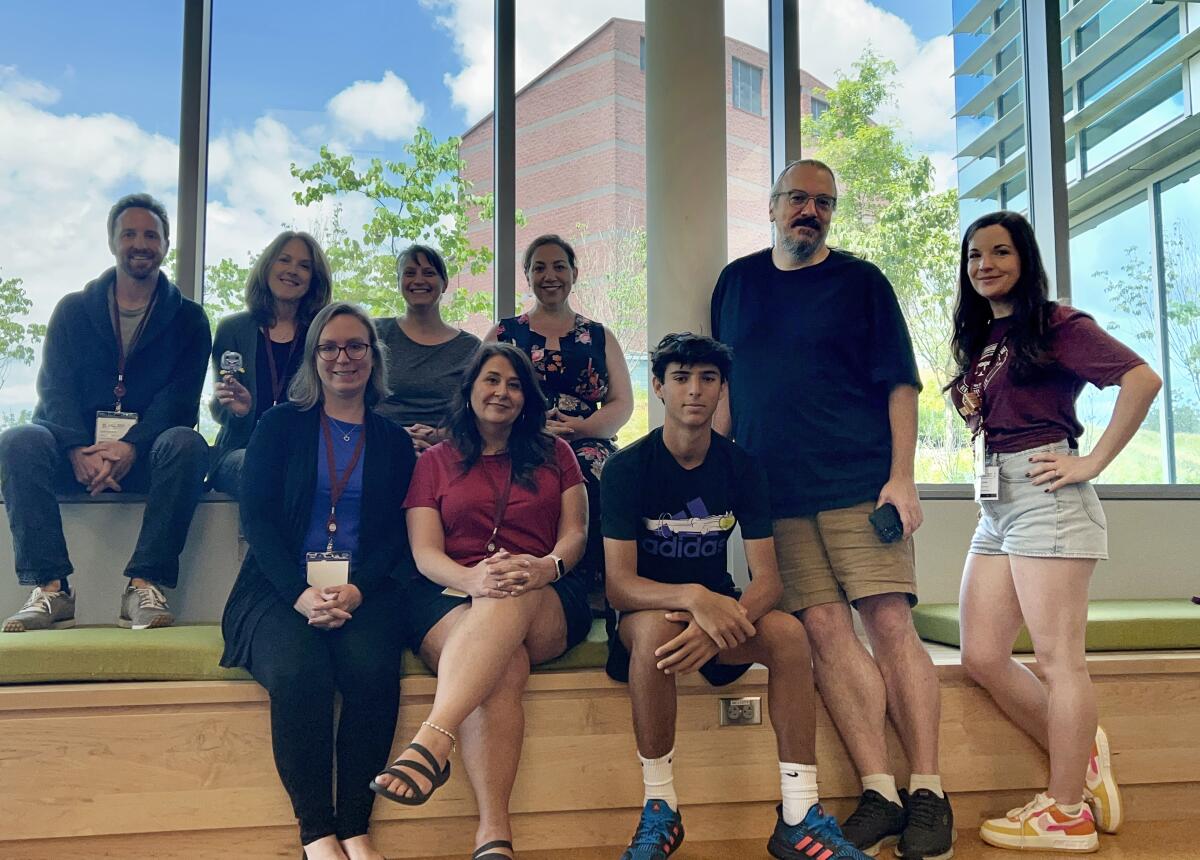
The success of the center’s crash course in DNA matching has doubled enrollment this year, filling the class’ 15 spots and creating a growing waitlist. One doesn’t necessarily need to have a degree in history or genetics to become a forensic genealogist.
But for the public, Binder said, there’s a much more practical way to help solve cold cases like Yager’s: donate your genetic information by taking a DNA test offered by a commercial genealogy database. People should be mindful about privacy in sharing their DNA with the government, Binder said, but she believes that some people are willing to accept the personal risk for the greater good.
“Your DNA could be that key piece that brings it home for us that are working on these [investigative] cases, solving violent crime cases, solving missing persons cases,” Binder said. “Every member of the public has a chance to make an impact by doing that.”
More to Read
Sign up for Essential California
The most important California stories and recommendations in your inbox every morning.
You may occasionally receive promotional content from the Los Angeles Times.
